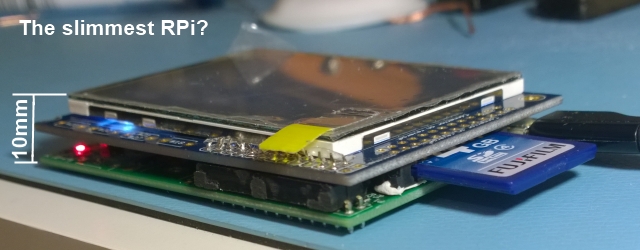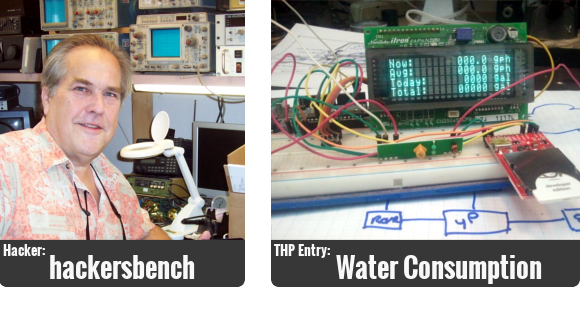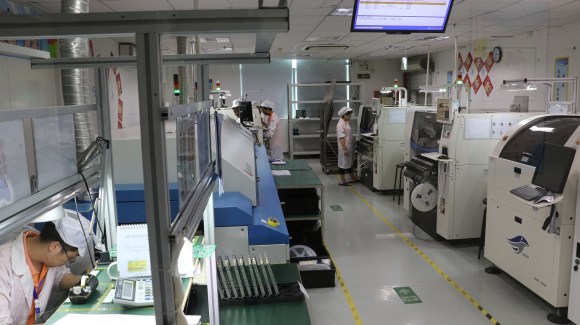
We love portable console builds, and this one by [Daniel Fürstauer] is no exception. It’s a beautifully hacked Xbox 360 slim into an aluminum briefcase — complete with a screen and a full audio system!
He started by gutting the Xbox 360 slim and throwing out pretty much all of the original enclosure, minus the disc drive cover. Now what he did next was completely for aesthetics, but freaking awesome. He actually took the motherboard out, taped off some of the important components, and spray painted the entire thing white! We’re not too sure what effect this will have on some of the components, but it seems to work, and gives it a really unique look underneath his Plexiglas enclosure.
He housed the rest of it (complete with custom cooling fans!) inside of one of those nice aluminum briefcases, complete with a widescreen LCD monitor, and computer speakers. He even fit the power supply inside — all you have to do is plug it in! There’s also room for at least one controller, whose holding spot doubles as space for the disc drive to eject. Continue reading “Xbox 360 Slim Gets Gutted And… Painted White?”

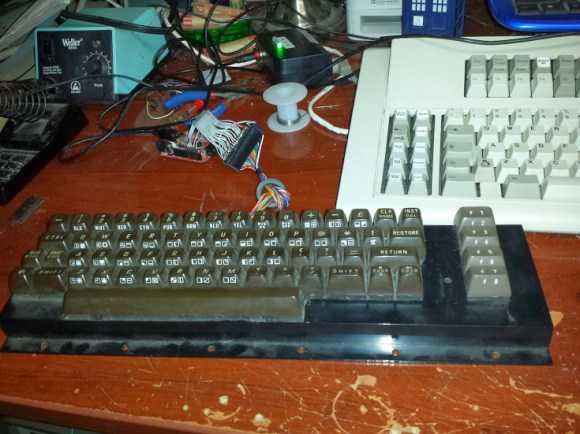

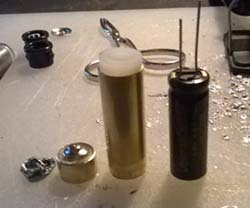 Lithium ion supercapacitors. No, not lithium ion batteries, and yes, they’re a real thing. While they’re astonishingly expensive per Farad, they are extremely small and used as the first line of defense in some seriously expensive heavy-duty UPS installations.
Lithium ion supercapacitors. No, not lithium ion batteries, and yes, they’re a real thing. While they’re astonishingly expensive per Farad, they are extremely small and used as the first line of defense in some seriously expensive heavy-duty UPS installations. 